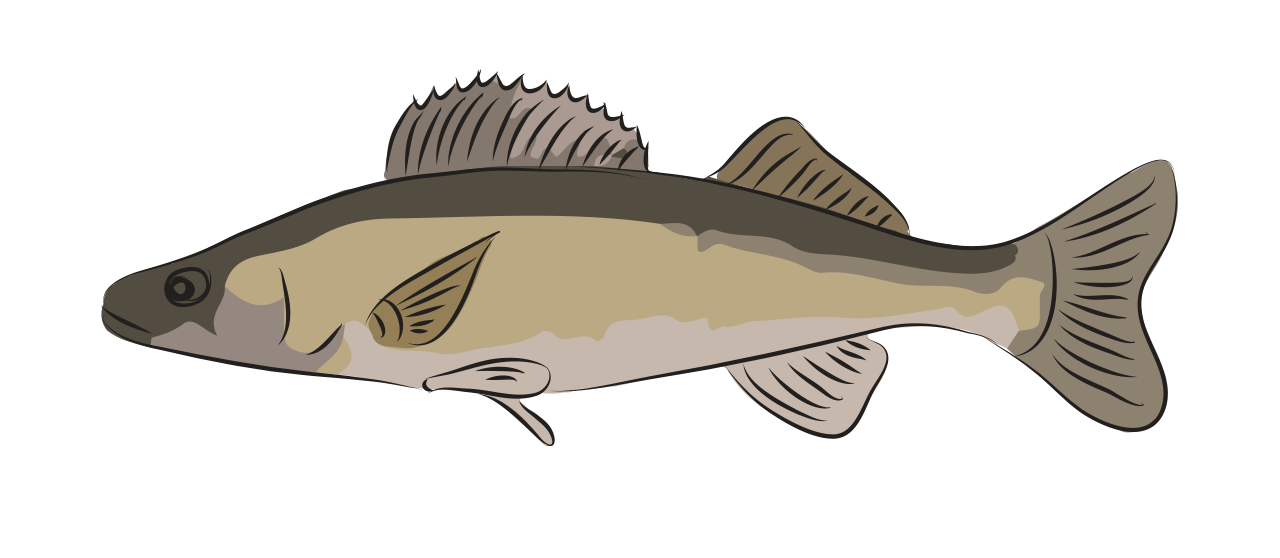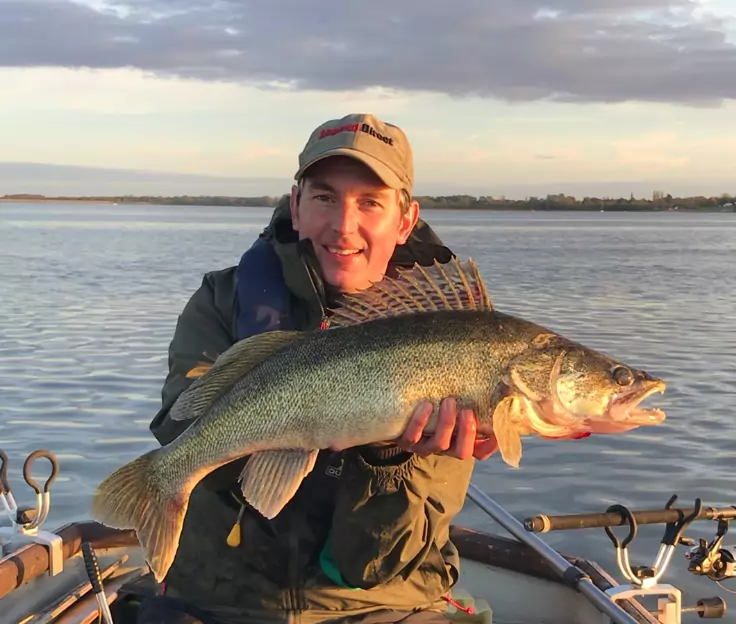Zander | Fish Species Guide | Angling Direct

Zander
aka Sander lucioperca
A member of the perch family, zander can also be referred to as the pikeperch due to its shared features to both fish. Large than perch, zander boast a vampire-looking appearance due to its long front teeth. Zander can be located near heavily boated canals or deep rivers and of eastern, central, and western Europe where the fish was first introduced. It is also greeny brown in colour with dark vertical markings and a cream belly. A noticeable feature is its protruding eyes.
With a preference to live solitary lives, zander can sometimes be known to feed on each other hence why they distrust their own species and will live alone until spawning season.
Stats
Status
Habitat
Reservoirs, gravel pits and large rivers with well-oxygenated water.
Bait
Small lures, dead baits or, live baits.
Native or Invasive
Invasive
Where
Across Eurasia, from the Caspian Sea in the east to the Ebro River in Spain. Zander were introduced to the UK.
 Catch Experience
Catch Experience
Video
Blog Highlight
Best time to go Fishing for Zander in the UK - Insiders Guide
How to identify a zander: - Green/brown colour with dark vertical markings. - Cream or white underside. - Double dorsal fin, with the front fin containing hard and quite sharp rays. - Two long sharp teeth at the front that are vampire-looking in...
Read More